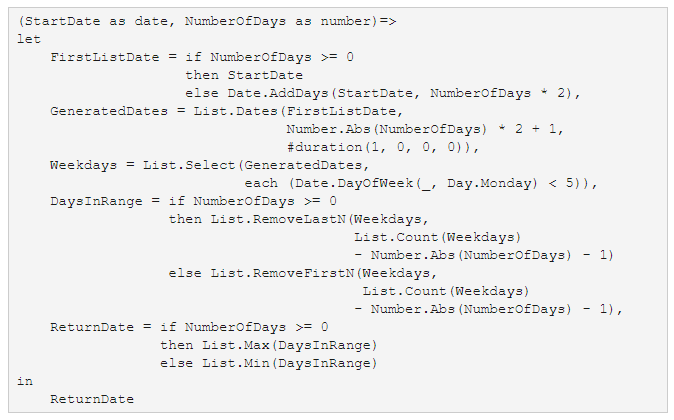
SDU Tools: All the Versions of SQL Server using SQLServerProductVersions
I can’t tell you over the years how many times I’ve gone searching for details of a SQL Server build and/or related knowlegebase article. There are some sites that provide much of this, but I’d like to have it in a programmatic form. I can easily then use it in utilities and in my SQL scripts.
In our free SDU Tools for developers and DBAs, we added a view and a number of functions to help with this. The primary one is a view called SQLServerProductVersions.
2019-04-17












